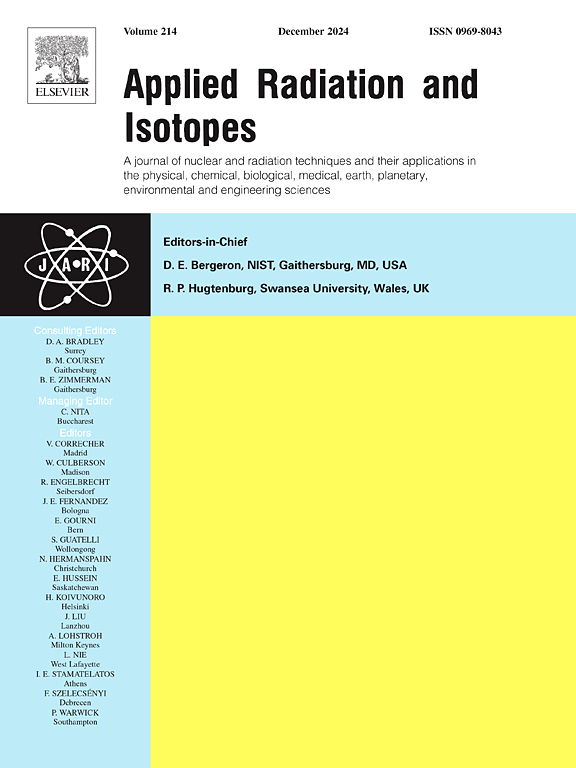Structural and thermal insights into the luminescent behavior of Dy³⁺-Doped BaZrO₃ with alkali metal codopants under UV radiation
IF 1.6
3区 工程技术
Q3 CHEMISTRY, INORGANIC & NUCLEAR
引用次数: 0
Abstract
This study investigates the structural, thermal, and photoluminescent properties of Dy³⁺-doped BaZrO₃ (BZO) perovskites, synthesized via a co-precipitation method, incorporating alkali metal codopants (Li⁺, Na⁺, and K⁺). X-ray diffraction (XRD) analysis confirmed the retention of the cubic perovskite phase following doping, with Rietveld refinement further revealing minor lattice distortions due to Dy³⁺ incorporation. The Williamson-Hall (W–H) analysis revealed average crystallite sizes of 53 nm and 66 nm for undoped and 0.01 Dy³⁺-doped BaZrO₃, respectively, with corresponding micro-strain values of 1.79 × 10⁻³ and 1.81 × 10⁻³, suggesting lattice distortions due to incorporation of Dy³⁺. Fourier transform infrared (FTIR) spectroscopy confirmed the cubic perovskite structure and subtle structural modifications upon doping. Notably, the absence of moisture-related peaks highlights the effectiveness of the synthesis process, including rigorous drying and calcination steps that prevented hydrous species. Photoluminescence (PL) analysis of Dy³⁺-doped BaZrO₃ exhibited three prominent emission peaks at 452 nm, 573 nm, and 656 nm under 368 nm excitation. These peaks correspond to the characteristic intra-4f electronic transitions of Dy³⁺ ions, specifically, 4I13/2 to 6H15/2, 4F9/2 to 6H13/2, and 4F9/2 to 6H11/2, representing blue, yellow, and red emissions, respectively. Photoluminescence decay studies showed multi-exponential behavior, with the average lifetime decreasing from 641 μs in undoped BZO to 492 μs in Dy³⁺-doped samples attributed to enhanced non-radiative recombination pathways. Among the codopants, Li⁺ demonstrated the most significant improvement in luminescence intensity and thermal stability by mitigating defects and optimizing charge compensation.
求助全文
约1分钟内获得全文
求助全文
来源期刊

Applied Radiation and Isotopes
工程技术-核科学技术
CiteScore
3.00
自引率
12.50%
发文量
406
审稿时长
13.5 months
期刊介绍:
Applied Radiation and Isotopes provides a high quality medium for the publication of substantial, original and scientific and technological papers on the development and peaceful application of nuclear, radiation and radionuclide techniques in chemistry, physics, biochemistry, biology, medicine, security, engineering and in the earth, planetary and environmental sciences, all including dosimetry. Nuclear techniques are defined in the broadest sense and both experimental and theoretical papers are welcome. They include the development and use of α- and β-particles, X-rays and γ-rays, neutrons and other nuclear particles and radiations from all sources, including radionuclides, synchrotron sources, cyclotrons and reactors and from the natural environment.
The journal aims to publish papers with significance to an international audience, containing substantial novelty and scientific impact. The Editors reserve the rights to reject, with or without external review, papers that do not meet these criteria.
Papers dealing with radiation processing, i.e., where radiation is used to bring about a biological, chemical or physical change in a material, should be directed to our sister journal Radiation Physics and Chemistry.
 求助内容:
求助内容: 应助结果提醒方式:
应助结果提醒方式:


